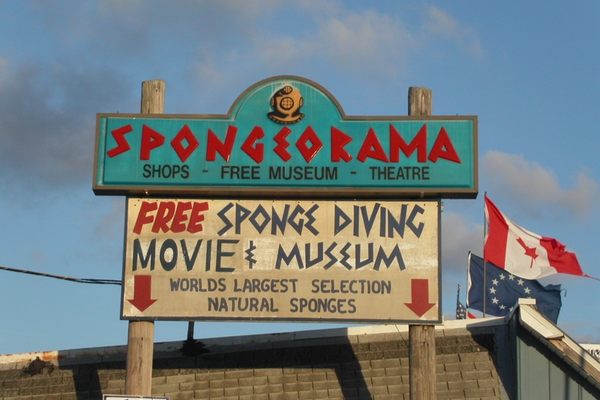About
In the era before electricity and live streaming, children resorted to sheer imagination for entertainment. Evangeline Bergstrom, who was a child in the late 1800s, was no different. When she grew bored during her daily lessons, she let her eyes wander over to her grandmother’s glass paperweight. The smooth, shiny orb toyed with the light in a way that left her spellbound.
Bergstrom carried her appreciation for paperweights with her into adulthood, though she didn’t begin collecting them until she was 63 (which is a bit ironic, as her husband John owned a paper company). Before her death in 1958, Evangeline turned her Neenah, Wisconsin, home into a museum, which now houses her original collection of more than 650 paperweights.
The museum, today known as the Bergstrom-Mahler Museum of Glass, has added reams of acquisitions to her original collection, increasing its holdings to some 4,000 items. There, you'll find a splendid display of glass paperweights boasting a wealth of colors, styles, and dazzling details. Included among these is one of the 10 55-pound Super Magnum Piedouches produced by the Saint Louis factory.
Browsing the collection offers a wonderful look into the art of the craft and the history of paperweight collection. During the mid-1840s, French glass artists began what is now known as the “classic period” in paperweight production. The Baccarat label was recognized as the gold standard in glass and crystal, and it was their Millefiori (“a thousand flowers”) design that enthralled Bergstrom.
The Clichy-la-Garenne company in Paris later established itself as the heavyweight of production and was the only French glassmaker to exhibit at the Crystal Palace Exhibition of 1851. But it would still be many decades before serious interest in paperweight collecting took off. Paperweights continue to increase in popularity and artistry, so much so that one once sold for more than $250,000 at auction, a price that blew everyone away.
Related Tags
Know Before You Go
You'll find paperweight displays spread throughout the first floor of the museum. Head to the Keating Gallery, Gallery 110, and Gallery 111 to view them.
The museum and gift shop are open Tuesday through Saturday from 10 to 4:30 (note: on the third Thursday each month, they stay open until 7:00) and on Sunday from 1 to 4:30. General admission is free. If you’d like a docent-led tour, you can book one two weeks in advance by calling 920-751-4658.
You can do more than just browse beautiful glasswork. If you're looking for a more hands-on experience, the museum's Glass Studio offers regular classes and camps for adults and kids alike, where you'll work with glass to create a unique work of art.
Community Contributors
Added By
Published
August 2, 2018


































